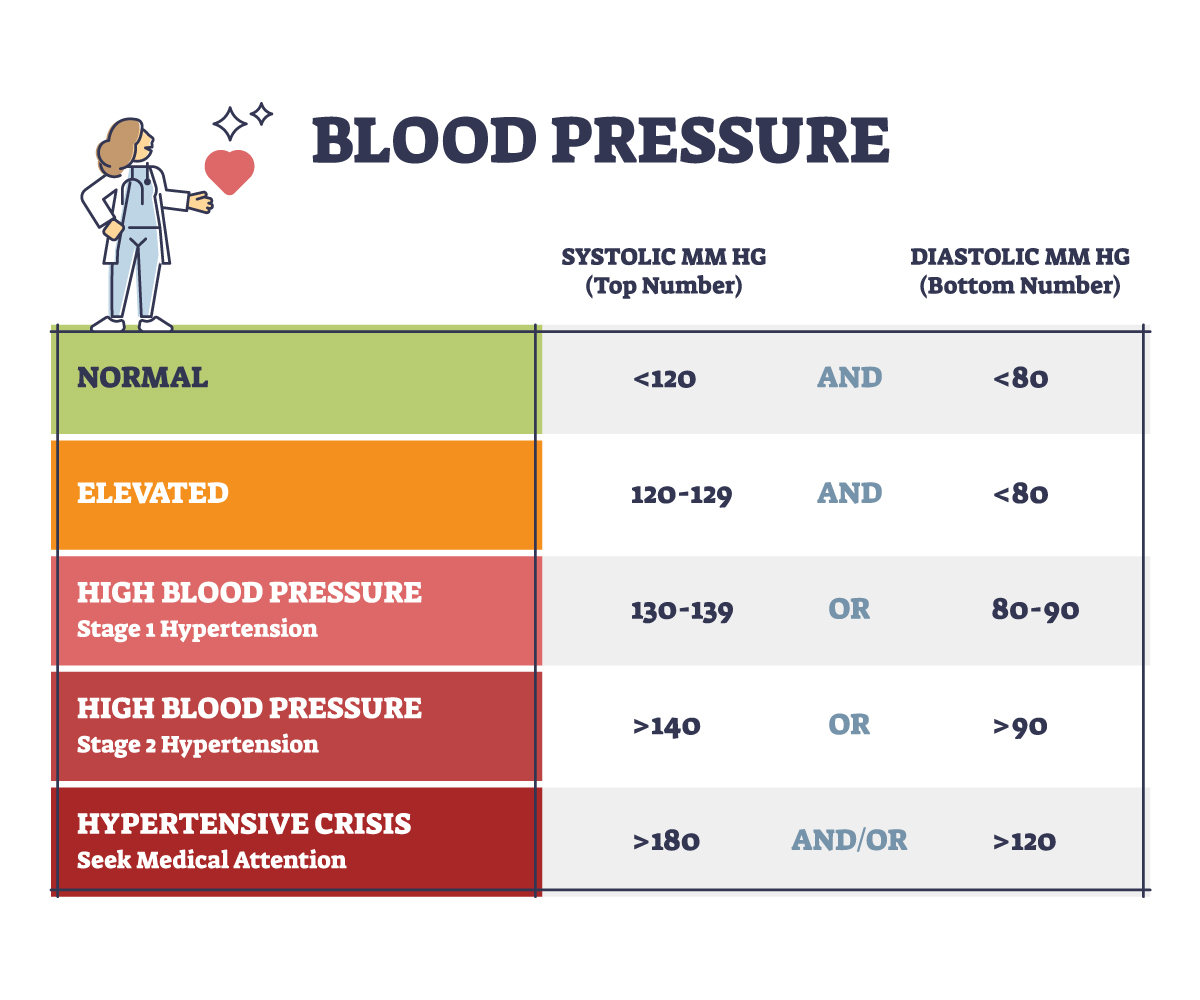Back in the late 90’s and early 2000’s, I worked for a medical equipment company in their cardiac assist division. I got to do some cool stuff in that job. I did education all over the US and even internationally with devices that measure heart performance and devices that help the heart when its in trouble move blood around the body. I also was able to do research with new cardiac assist products and even helped with the patent on an algorithm that made a cardiac assist device called an intra-aortic balloon pump interact better with the patient’s heartbeat in situations where they heart is having irregular heartbeats. I learned a whole lot about hearts in that job, probably more than I would have ever learned working in the hospital. But one of the best things it taught me is also one of that simplest, and that is why blood pressure is so important to control.
I’m going to try and not be horribly boring, but to explain, I need to talk a little bit about physiology. To keep this short I am going to stick with the left ventricle and how it ejects blood into the body, but this same very basic process happens in 4 total chambers of the heart in a very specific pattern. In health care we call it a cardiac cycle, and it is quite a symphony of movement. Every heartbeat is one cardiac cycle. Adults normally have between 60-100 cardiac cycles per minute. For a normal adult the amount of blood ejected into the body with each cardiac cycle is about 70 milliliters (which is about 2 1/3 tablespoons). If you do the math, that means that the average adult heart moves between 4 and 7 liters of blood every minute. The thing is, ejecting blood out of the heart isn’t like pouring water out of a bucket onto the ground. Its much more like lifting a bucket of water to the top of a fence and then dumping it over. The higher the fence the harder you must work to get the water out of the bucket. In the heart the height of the fence is blood pressure. That means when blood pressure is high, the heart must work really hard to get that 4-7 liters of blood every minute out into the body. And just like if you lifted a bucket of water over a tall fence over and over, the heart gets tired and eventually fails. That leads to a group of conditions collectively known as congestive heart failure, all of which can be majorly debilitating and even lead to death.

The other thing about high blood pressure, is its not just hard on the heart, its hard on the blood vessels themselves. When you feel a pulse, what you are feeling is the blood that is ejected out of the heart during each cardiac cycle as it moves down the blood vessel. Think of it a bit like pushing a golf ball down a garden hose. The hose must stretch and rebound to move the golf ball along. When blood pressure is constantly high, just like high pressure in a hose, the walls of the hose eventually get weak. Think about trying to push a golf ball down a hose with weak walls. Its going to stretch out and may eventually tear. That can happen in our blood vessels too. That means organ damage in delicate structures like kidneys making them not work well, and it can also cause weak areas in large vessels (called aneurisms in medical terminology) which could lead to vessel rupture. The damage from large vessel rupture is usually very destructive and can be fatal.
The worst part about high blood pressure, is it is has few if any symptoms until the damage is done. There are 4 stages of high blood pressure, and like most things it’s usually easier to treat and people’s outcomes are much better when we catch it and begin treatment in the early stages. Elevated blood pressure is a systolic (the top number is between 120 and 129, and/or a diastolic (the bottom number) less than 80. High blood pressure stage 1 is a systolic between 130 and 139 and/or a diastolic between 80 and 89. High blood pressure stage 2 is a systolic of 140 or higher and/or a diastolic of 90 or higher. If blood pressure gets more than 180 systolic and/or 120 diastolic that is considered a hypertensive crisis which can quickly cause major issues. People with blood pressures in that range need to seek medical care immediately.
The great part of all of this is high blood pressure is very treatable. With some people treatment is changes in diet like reducing salt, with others weight loss is the answer, for others it involves medications. For most people it’s usually a bit of all three. But the effort it takes to get blood pressure under control can make a huge difference in your overall health. Speak to your primary care provider about your blood pressure and the best way to manage. You can monitor your blood pressure at home, too, there are several easy to use and inexpensive blood pressure monitoring devices available in drug stores and online.
Getting healthier is like most things, it takes one change at a time. When it comes to heart health, a great choice in getting healthier is getting blood pressure under control. That one is very treatable, and it helps not just your heart, but your whole body.

Carol A. Cates, MSN, MBA, RN
Chief Nursing Officer
Odessa Regional Medical Center
To find a doctor or schedule an appointment, visit Steward DoctorFinder™.




